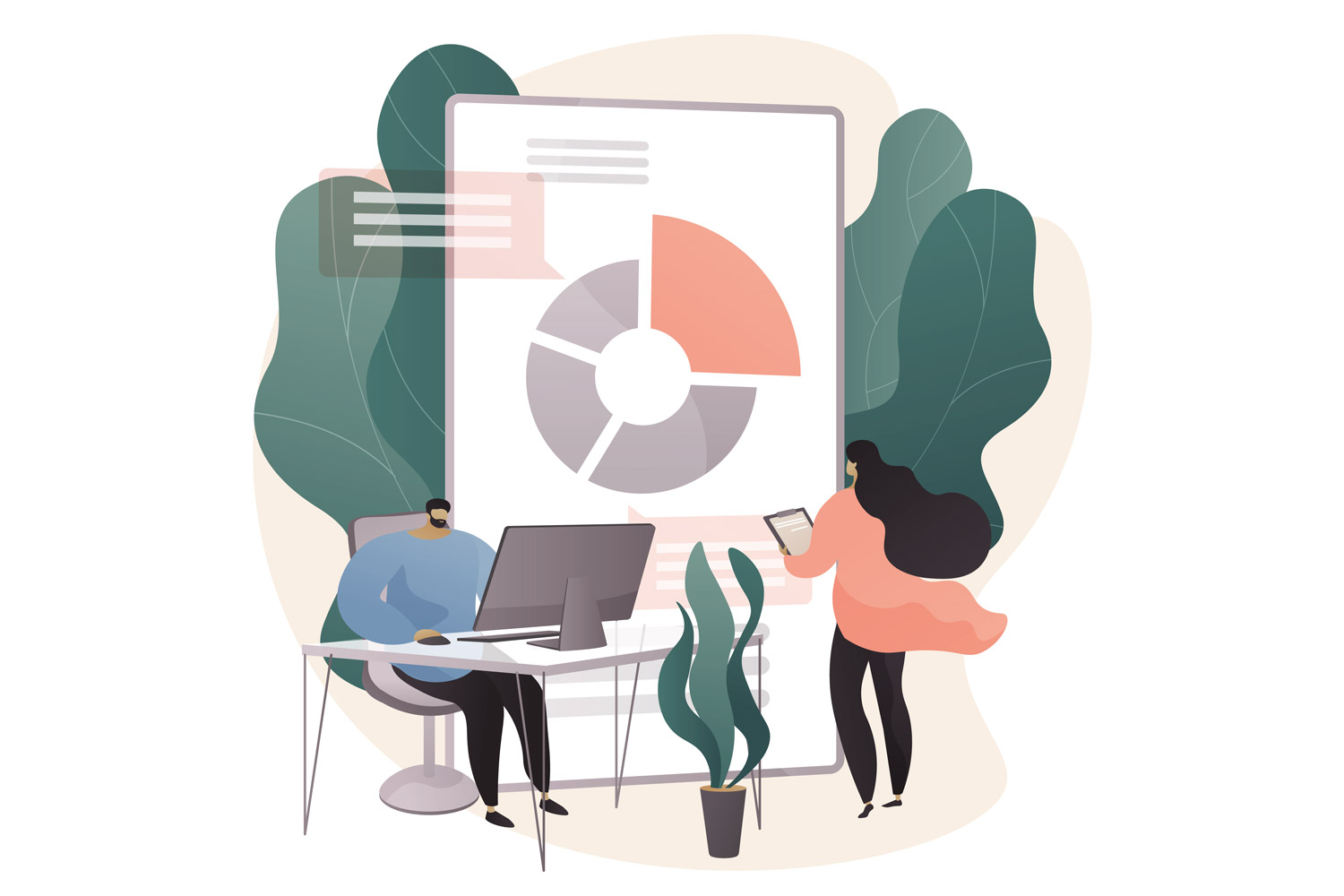Office and working styles are in constant evolution. The years 2020 and 2021 have seen a radical change in office design due to the pandemic and its impact on people’s movements. The year 2022 is shaping up to be in line with the last two years, putting the ideas we’ve seen emerge in this transitional period into practice.
Let’s have a look at the major trends that are emerging.
1. Greater freedom of workplace choice
During 2021 companies moved towards three main work models: office, 100% remote working and hybrid workplace. Large multinational companies have started to leave the choice to their employees, depending on personal and family needs.
The result? More and more companies are creating new hot desking spaces or renting co-working spaces in the most common areas of residence among employees.
2. Implementation of Artificial Intelligence
According to the World Economic Forum, by 2025 85 million jobs will be transformed or will no longer exist due to Artificial Intelligence. At the same time, however, 97 million new roles will be created, mainly dedicated to managing the human-machine work division.
This transformation will mainly target repetitive and less intellectual actions, so that workers can focus more on creative, strategic and relational activities. Artificial Intelligence will also be used to monitor employees, improve workflows and design spaces.
Softwares with highly advanced algorithms already make it possible to assess the productivity of individuals (e.g. Slack) or to detect the physical movements of people within the office (e.g. Business Microscope). Could this create problems with the privacy of individuals? Probably yes, therefore the issue is already under observation.
3. Focus on skills, not roles
The progressive reduction of repetitive activities, as mentioned above, will put more and more emphasis on the hard and soft skills of individuals. This will also have repercussions on the traditional hierarchies within offices, which generally involve “operational” work for those at the bottom and “strategic” work for those at the top.
The office of the future is increasingly oriented towards flat structures, where team leaders and managers change over time according to the project at hand. The greater the skills, the greater the person’s transitional role within the organisation. This will lead companies and individuals to invest more and more in training. The design of the non-hierarchical office will include pods for workers, used both as concentration and relaxing spaces, and spaces for meetings and gatherings.
4. Increased focus on health (including psychological)
Desks will be less and less close to each other, transforming classic open spaces into flexible community hubs that are easy to change at short notice. Offices will be redesigned with collaboration and breakout spaces (e.g. through the use of lightweight, electrified ottomans and coffee tables) rather than rows of desks. In this way, social distancing can also be maintained at all times, regardless of the number of workers in the office on any given day.
A workplace strategy that focuses on the well-being of employees reduces the unquantifiable costs of absence due to stress and illness. However, attention to health cannot stop here: more and more companies are improving their supplementary health care, including incentives dedicated to psychological health.
“Wellbeing actions” are being implemented in offices, through the creation of relaxation areas, sports groups, the inclusion of healthy menus and the presence of company coaches and psychologists responsible for mental wellbeing.
5. Attention to sustainability
The entry of Gen Z into the workforce is placing increasing emphasis on the environmental aspect, not only in terms of the impact of production, but also in terms of office design.
Chairs, desks and furniture in general must be made of recycled and recyclable materials that are durable over time. Natural light should be fully exploited and LED lighting should be chosen to avoid waste.
6. The return of neutral colours
2022 will see a return to lighter natural tones, the typical nuances of wood essences and light pastels, to rediscover a more classic and sober elegance.
In the office design world, it’s clear that the future workspace is a fluid and liquid concept designed to adapt to the changing nature of working life.

